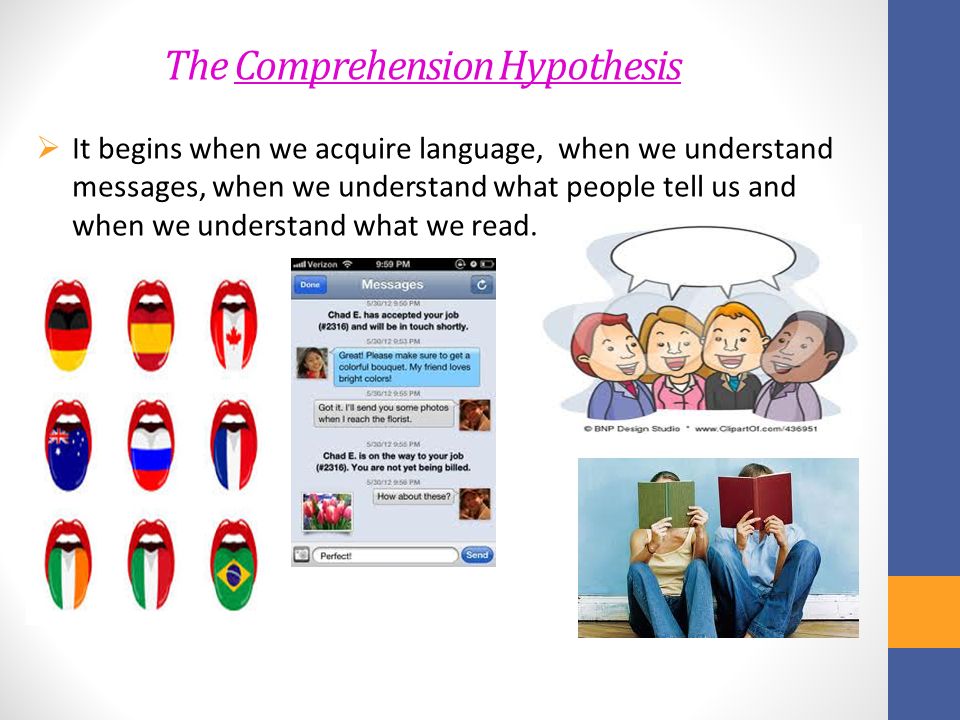
It is important to education and phonics because it is the understanding of texts and readings.
Skill building hypothesis: says that we first learn rules consciously and then practice them in output until they become “automatic”: In other words, consciously learned knowledge becomes “acquired” knowledge.

It is important because it will help you get better at it them more you practice and learn it.
Whole Language: a method of teaching children to read at an early age that allows students to select their own reading matter and that emphasizes the use and recognition of words in everyday contexts. (https://www.merriam-webster.com/dictionary/whole%20language)
It is important because it helps children read at an early age.
Systematic intensive phonics instruction: sequence phonics generalizations from least difficult to more difficult, including all major generalizations for consonants, vowels, consonant or vowel blends, and digraphs. (http://teaching.monster.com/benefits/articles/1869-about-phonics)
It helps the student blend letter sounds and how to segment sounds in known words to write letters representing those sounds.
Data driven approach: Data driven is an adjective used to refer to a process or activity that is spurred on by data, as opposed to being driven by mere intuition or personal experience. In other words, the decision is made with hard empirical evidence and not speculation or gut feel.
(https://www.techopedia.com/definition/18687/data-driven)

It is important because it is actual data and sometimes you need that to test a student.
Concept Driven approach: is a process for formulating strategy that draws on the explanation of how humans inquire provided by linguistic pragmatic philosophy. This argues that thinking starts by selecting (explicitly or implicitly) a set of concepts (frames, patterns, lens, principles, etc.) gained from our past experiences. These are used to reflect on whatever happens, or is done, in the future.(https://en.wikipedia.org/wiki/Concept-driven_strategy)

It is important because you need to know students opinions and why they think what they think so you can get a better understanding of their learning.
week 3:
alphabetic principle: According to the alphabetic principle, letters and combinations of letters are the symbols used to represent the speech sounds of a language based on systematic and predictable relationships between written letters, symbols, and spoken words. (wiki)
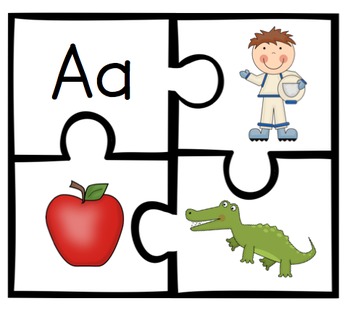
It is important because children need to know the relationships between symbols, letters, and words to read.
Concepts of print: refers to the ability of a child to know and recognize the ways in which print "works" for the purposes of reading, particularly in regards to books. (http://literacyreferencelem.pbworks.com/w/page/17979971/Concepts%20of%20Print)

It is important because children need to know what reading actually is and what goes into reading.
Letter recognition: is the ability to recognise and name the letters of the alphabet. It includes recognising and recalling the shapes of letters, identifying lower and upper case letters, and recognising letters in isolation and within printed words even when they appear in different fonts and sizes. (https://www.literacyandnumeracyforadults.com/resources/355788)

It is important for students to be able to see a letter and know what the letter actually is. Like the activity above the children has to know the letters of their name before they can write it or recognize their name on paper.
Phonemic Awareness: the ability to notice, think about, and work with the individual sounds in words. We know that a student's skill in phonemic awareness is a good predictor of later reading success or difficulty. Find out what parents and teachers can do to help children develop this critical literacy skill. (http://www.readingrockets.org/reading-topics/phonemic-awareness)
It is important so students will know how to read.
Blending: the ability to string together the sounds that each letter stands for in a word. (https://www.scholastic.com/dodea/Module_2/topic5.htm)

It is important because they need to be able to blend letters together to read and write.
Segmenting:
segmenting involves breaking words down into individual sounds or syllables. (http://www.allkindsofminds.org/word-decoding-blending-and-segmenting-sounds-impact-of-memory)

It is important because children need to be able to hear a word and know the sounds they hear.
Week 4:
Interactive writing: A writing process used to teach students how to write. It involves sharing a pen between the students and the teacher (http://www.teach-nology.com/themes/lang_arts/typesofwriting/interactive.html).
It is important because it will get the students to learn more about writing, and get them all to help out in writing as a class.
Letter Recognition: is the ability to recognise and name the letters of the alphabet. It includes recognising and recalling the shapes of letters, identifying lower and upper case letters, and recognising letters in isolation and within printed words even when they appear in different fonts and sizes. (https://www.literacyandnumeracyforadults.com/resources/355788).
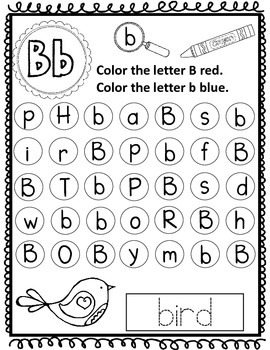
It is important because students need to learn the difference between a capital and lower case letter.
High Frequency word: a word that is immediately recognized as a whole and does not require word analysis for identification. Good readers instantly recognize high frequency words without having to decode the (https://www.carrollk12.org/instruction/curriculum/elementary/ila/parents/Documents/What%20is%20a%20High%20Frequency%20Word.pdf).
It is important for students to know high frequency words because it is something they need to be a good reader.
orthography:
a method of representing the sounds of a language by written or printed symbols. (https://www.vocabulary.com/dictionary/orthography)

Orthography is important because you need to be able to write it correctly and it goes along with being a good reader as well.
week 5:
Invented Spelling: refers to young children's attempts to use their best judgments about spelling. (http://www.readingrockets.org/article/invented-spelling-and-spelling-development)
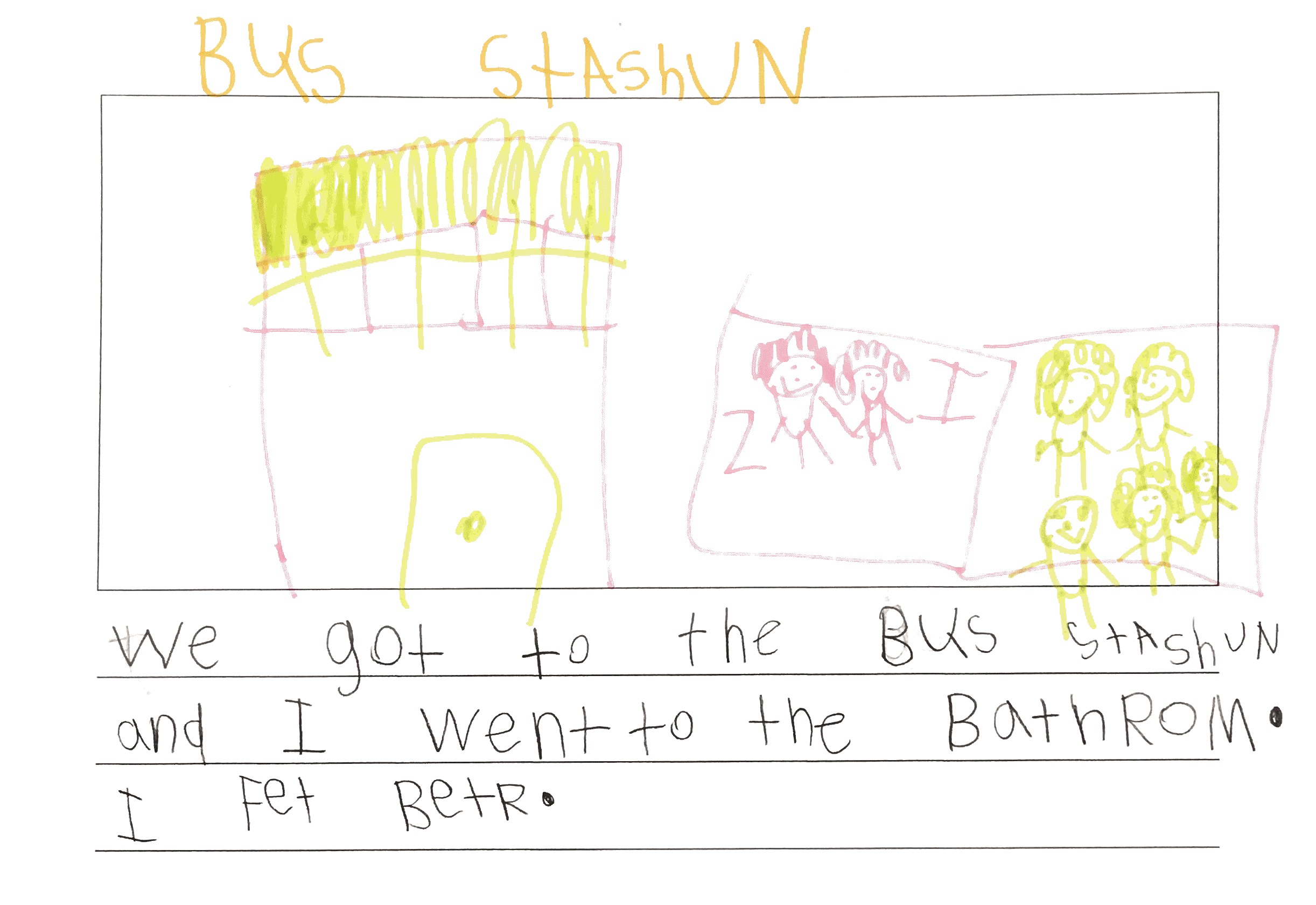
Invented Spelling is important to children because it lets them use their imagination about spelling and seeing how they would spell without just coming out and telling them how to.
Word Walls: a collection of words which are displayed in large visible letters on a wall, bulletin board, or other display surface in a classroom. (http://www.readingrockets.org/strategies/word_walls).

The word wall is important in a classroom because it shows important letters words onto a wall and it allows the students to see them everyday. If a student talks about and sees a specific word everyday or for a certain amount of time then they will be more likely to know how to spell and read it.
Word sorts: is a simple small group activity. Students list key words from a reading selection. (Alternatively, the teacher may provide a list of terms prior to the reading activity.) Students identify the meaning and properties of each word and then "sort" the list into collections of words with similar features. (http://www.readingeducator.com/strategies/sort.htm).

Word sorts are important because they allow you to know as the teacher if the student actually knows the material by sorting it. By sorting it they will actually have to think about it rather than just writing it down, it also lets them think about it more and keeps their attention better than just explaining it to them over and over.
Morpheme: is the smallest grammatical unit in a language. (Wiki)

Morphemes are important because it is so that a student understand each part of a word.
Phonemes: any of the perceptually distinct units of sound in a specified language that distinguish one word from another, for example p, b, d, and t in the English words pad, pat, bad, and bat. (dictionary)
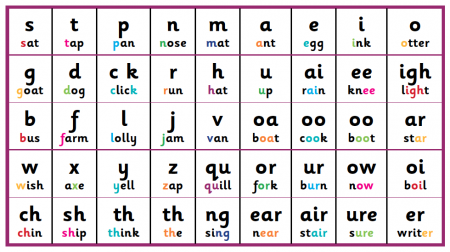
Phonemes are important because it allows students to know the reason why words are different but are similar. Like how pad and pat look similar but are different because they have a different letter at the end which makes them have a completely different meaning.
Synthetic Phonics: a way of teaching reading. Children are taught to read letters or groups of letters by saying the sound(s) they represent. (oxford owl).
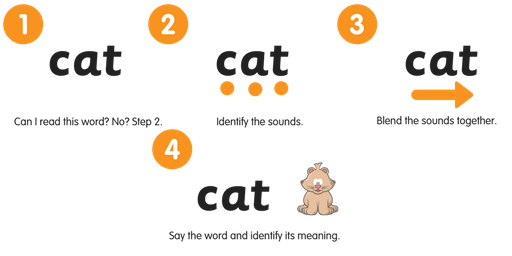
Synthetic phonics is important because it shows how each letter represents a sound in a word to actually make the word.
Analytic Phonics: refers to an approach to the teaching of reading in which the phonemes associated with particular graphemes are not pronounced in isolation. (wiki)

It is important because it shows sound symbol relationships in words.
week 6
Spelling inventory: To assess the word knowledge students have to bring to the tasks of reading and spelling.
Spelling inventories are important because it lets you know as the teacher where the students are in reading and where they need more practice on.
Static Reversal: letter reversals, such as b and d, are not unusual in young spellers. These should be noted but not counted as wrong. Could be considered handwriting errors rather than spelling errors.

This is important so you can be aware that this is something common a lot of students do. You as a teacher need to make it a point to show the students that p and d may look similar but are completely different letters.
Kinetic Reversal: when the letters are present, but out of order (fna for fan).

This is important because this is common in many students. Teachers have to make sure we don't overlook this.
Week 7:
Pretend reading: a paraphrase or spontaneously retelling at the global level that children produce while turning the pages of a familiar book.
This is important because the child is at least interested in the book and getting familiar with it.
Memory reading: A student that doesn't actually know how to read but can tell a story through memorization.

This is important because although you don't want them to stay here, they are understanding and memorizing what it was about.
language experience approach: teachers use a shared experience - often involving photographs/images of that experience - as a prompt to collectively write a text with the learners. (literacy bug)

This is important because it promotes reading and writing in a more interesting way.
Dialogic reading: the adult helps the child become the teller of the story. The adult becomes the listener, the questioner, the audience for the child. (Reading rockets)

This is important because the child will feel more "important" and like they have a role, but at the same time it will tell you as a teacher how the student is doing.
Interactive read aloud: is when a teacher orally reads a purposefully-selected book to the class, while asking corresponding, thought-provoking discussion questions throughout the reading of the book. (sadlier)

This is important because you will be able to see if the students are paying attention and understanding the story, while getting all of the students involved.
Mock linear: Writing characteristics of the emergent stage of spelling development in which the linear arrangement of written English is mimicked in rows of letter like shapes and squiggles. (quizlet)
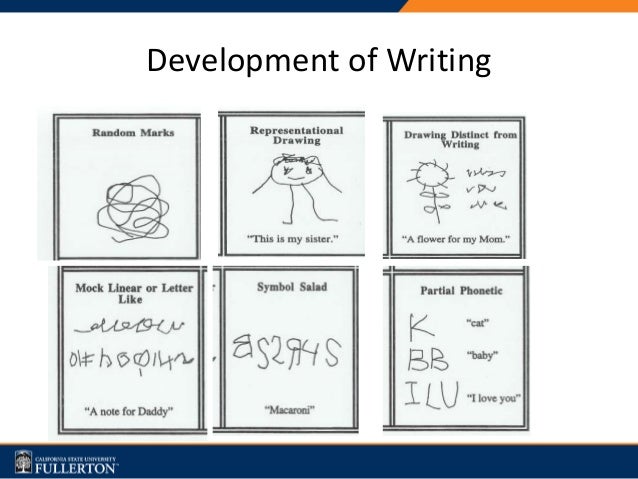
This is important because they are getting familiar with vocabulary, spelling, and writing.
Alliteration: happens when words that start with the same sound (not just the same letter) are used repeatedly in a phrase or sentence. (your dictionary)
This is important because it will help kids with pronunciation.
Week 9:
Sight words: are words that a reader automatically recognizes without having to use picture clues or sound them out. These words include very common words, such as "the" and "you," (The Classroom)
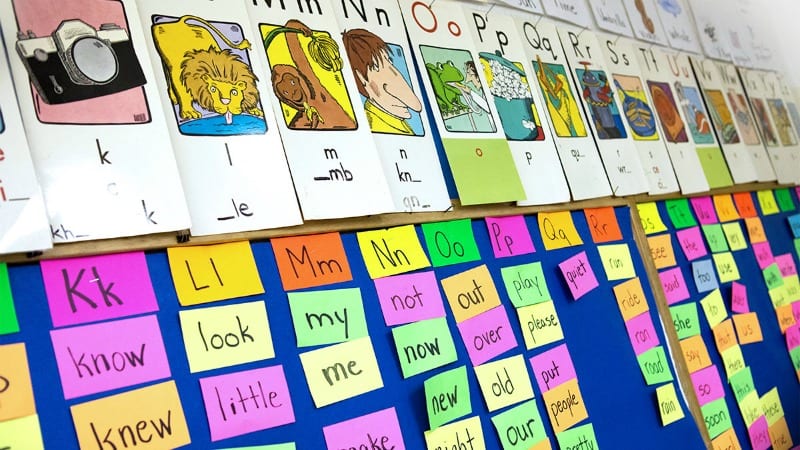
This is important because it is commonly used words the students need to know.
Schwa: sound is the /uh/ sound of a vowel in an unstressed syllable (A to Z phonics).

This is important so they know the correct pronunciation.
Digraph: A digraph may either be a combination of two consonants or of two vowels or of a vowel and a consonant. (Dictionary)

This is important so they know that two letters can make different sounds.
Blend: Certain combinations of two or more consonant letters are called letter blends.

This is important so they understand that two consonants blend together.
phonogram: a letter or combination of letters that represent a sound.

It is important so they know the different letters represent different sounds.
Onset: "onset" is the initial phonological unit of any word (e.g. c in cat) (reading rockets)

This is important so they can decipher between that and a Rime.
Rime: "rime" refers to the string of letters that follow, usually a vowel and final consonants (e.g. at in cat). (reading rockets)
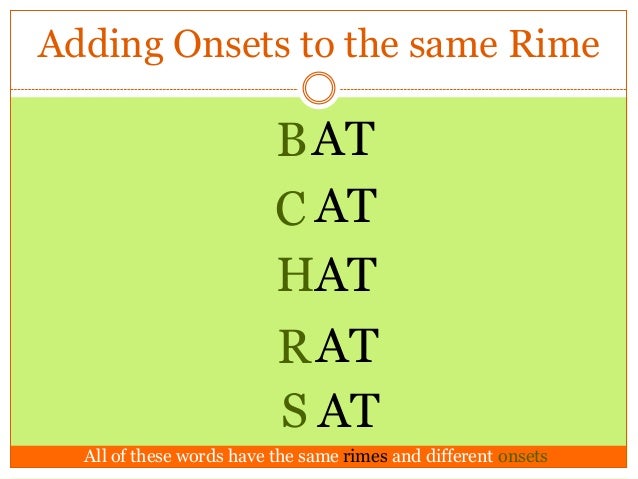
This is important so they know the difference of rime from onset.
Week 10:
Word consciousness: that we prioritize finding new words, figuring out what they mean, looking for multiple meanings, and adding them to our linguistic repertoire. (building strategies).

This is important because it expands their vocabulary.
Diphthongs: a sound formed by the combination of two vowels in a single syllable, in which the sound begins as one vowel and moves toward another (as in coin, loud, and side ).

This is important so they know the combination of vowels and the sound they make.
ambiguous vowels: phonetic string (segment or sequence) that may be interpreted as a: diphthong. two separate vowels,

This is important because they need to be aware that words can have different sounds.
Homophones: each of two or more words having the same pronunciation but different meanings, origins, or spelling, e.g., new and knew. (wiki)
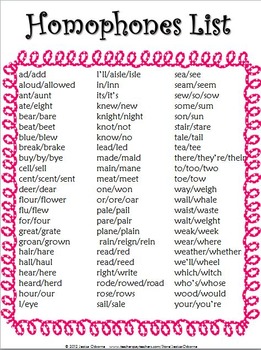
This is important so that students understand words can sound the same but have a completely different meaning.
Homographs: each of two or more words spelled the same but not necessarily pronounced the same and having different meanings and origins (e.g., bow1 and bow2). (wiki)
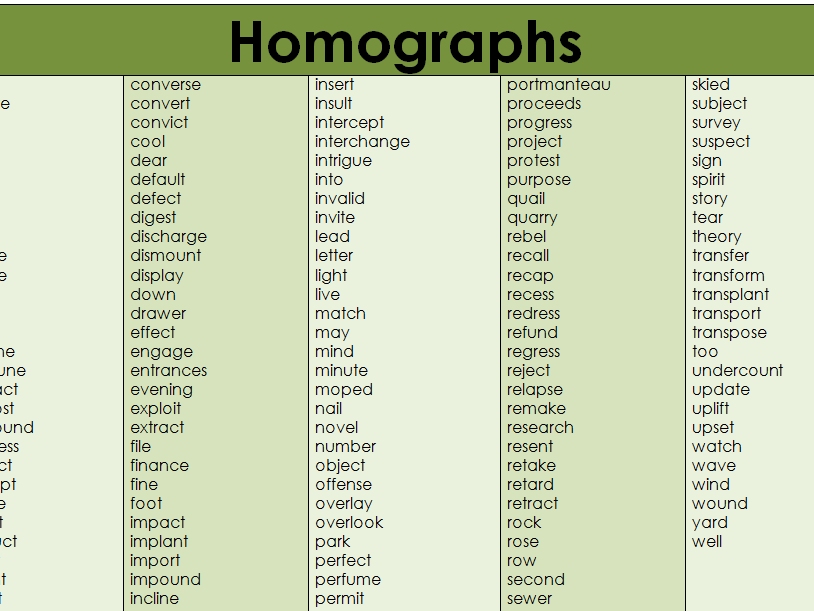
This is important so that they are aware that just because a word looks the same doesn't mean it sounds the same or has the same meaning.
Week 11:
Affixes: an additional element placed at the beginning or end of a root, stem, or word, or in the body of a word, to modify its meaning.

This is important because they need to know there are different parts of words.
Morphemic analysis: A strategy in which the meanings of words can be determined or inferred by examining their meaningful parts (i.e., prefixes, suffixes, roots, etc.) (reading uoregon)

This is important so children understand different parts of words have different meanings.
inflectional endings: s a group of letters added to the end of a word to change its meaning. Some inflectional endings are: -s. bat. bats. (mheonline)

This is important so students pay attention to the endings of words, because they can create a different meaning.
syllable juncture: a term used to identify the point at which two syllables join. (wtps)

This is important because it is putting the words altogether.
domain specific academic vocabulary: defined as words that are traditionally used in academic dialogue and text. Specifically, it refers to words that are not necessarily common or frequently encountered in informal conversation. (learning a to z)

This is important so that children are aware of the words that aren't as common.
general academic vocabulary: These words are basic vocabulary or common words most children will know. (learning a to z)

This is important so students know the common words needed to know to read and write.
Week 12:
morphemic analysis: A structural analysis that examines the word parts having meaning such as prefixes or suffixes. (edupedia)

This is important to help students identify words they don't know.
etymology: the study of the origin of words and the way in which their meanings have changed throughout history.
This is important so students understand that words may have changed their meaning over time.
stem: is the root or roots of a word, together with any derivational affixes, to which inflectional affixes are added. ... If a stem does not occur by itself in a meaningful way in a language, it is referred to as a bound morpheme (glossary)

This is important so they can understand the word as a whole.
free morpheme:
a morpheme (or word element) that can stand alone as a word (thoughtco)

This is important so they know that some words can stand alone and still have a meaning.
Bound morpheme: do not coincide with separate word forms.
:max_bytes(150000):strip_icc()/Getty_bound_morphemes-c-83895958-584fbabd3df78c491e128ac1.jpg)
This is important because some words don't have a meaning alone.
concept sorts: a strategy used to introduce students to the vocabulary of a new topic or book. (concept strategies)
This is important because it is a hands on activity to get children familiar with different vocabulary words and their groups.